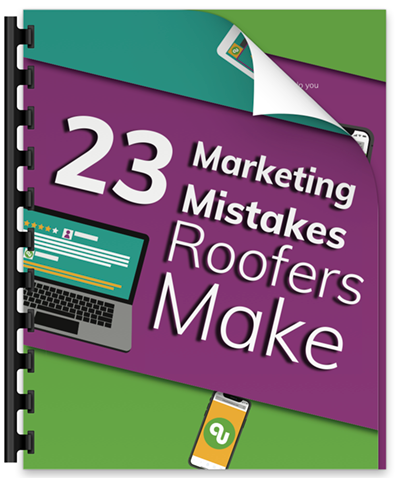Getting the Optimal Spray Pattern with SPF

A bad spray pattern can result in a roof that is less aesthetically appealing.
By Sprayworks Equipment Group
Once the trigger on the gun is pulled back and product is being dispersed, the resulting spray will come in contact with the substrate, revealing the pattern of spray. The spray pattern is as critical to understand as application techniques themselves.
Full spray patterns enable the applicator to install plies smoothly and consistently. Poor pattern conditions can result in inconsistent processing, poor surface profile, and poor mixing of the polyurethane.
The optimal pattern to be maintained is a full round pattern. Differences in spray tip diameters and types do vary from tip to tip and manufacturer to manufacturer, however if the pattern is bad – it will most likely result in a roof that is less aesthetically appealing. One should never use fast, radical movements to compensate for a poor pattern. Stop spraying and clean the spray tip or service the gun when poor pattern conditions exist as a result of a dirty tip or gun.
There are four basic usable spray patterns; Full, Full Center, Full Outer, and Full Abstract.
- Full: Consistent throughout entire area. Achievable with Air Purge and Mechanical Purge.
- Full Center: Prominently in center and dissipates outward. Typical with Air Purge.
- Full Outer: More of a donut shape – prominently outside. Dissipates inward. Typical with Mechanical Purge.
- Full Abstract: Not round yet. Full – similar to an “S” shape yet not prominent enough to cause finger lines. Typically, foams with dirty tips or slightly hot or slightly cold processing temperatures.
About the Author
SprayWorks Equipment Group is a spray foam and polyurea company; supplying equipment, training, mobile rigs, and parts – and the #1 distributor for PMC equipment. With nearly 100 years of combined experience, SprayWorks has knowledge in commercial and residential buildings, bridges, and infrastructure. SprayWorks provides training and education for new contractors and equipment operators; open cell, closed cell, polyurea & coating applications for interior & exterior building envelope design, waterproofing, below grade, bridge deck, barge, secondary containment all types of roofs and structures. For more information, visit www.SprayWorksEquipment.com.
©2017 SprayWorks Equipment Group, LLC






















Comments
Leave a Reply
Have an account? Login to leave a comment!
Sign In